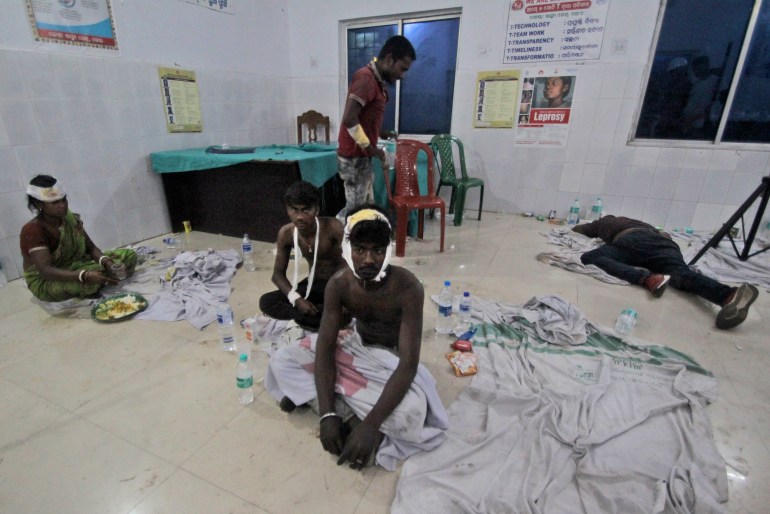India train disaster: What we know so far

What was the cause of the crash?
Railway Minister Ashwini Vaishnaw said the crash had occurred “due to a change in electronic interlocking” and that an investigation would show “who was responsible for that mistake”. An electronic interlocking system is designed to keep railways safe by controlling train movements, operating signals and level crossings, establishing routes and checking rail sections are free.
He accused the BJP of criminal neglect of the “signalling system” as well as skipping railway safety presentations just hours before the accident.Here’s our detailed statement on the Odisha train tragedy. It goes well beyond headline politics to the very core of how rail safety & track renewals have taken a backseat, while high-profile inaugurations & an obsession with speed get priority. It raises 3 fundamental questions. pic.twitter.com/XdcJdsOIeV
— Jairam Ramesh (@Jairam_Ramesh) June 4, 2023
How large is India’s railway network?
India’s railway network is the fourth largest in the world – after the United States, Russia and China – and carries about 13 million passengers on 14,000 passenger trains every day. Indian Railways, a state monopoly, operate the network, which consists of 64,000km (40,000 miles) of track. The network is also a lifeline for trade, with more than 1.5 billion tonnes of freight being transported annually. The railway system was constructed during British colonial rule in the 19th century. The Indian government had recently announced wide-reaching upgrades, including high-speed trains, but many of the upgrades remain years away. Prime Minister Narendra Modi had been scheduled to unveil a new express line between Goa and Mumbai in western India on Saturday. Instead, he visited the crash site in Odisha, where he promised that those responsible would be punished.Took stock of the situation at the site of the tragedy in Odisha. Words can’t capture my deep sorrow. We stand committed to providing all possible assistance to those affected. I laud all those working round the clock, on the ground and helping out in relief work.
— Narendra Modi (@narendramodi) June 3, 2023
